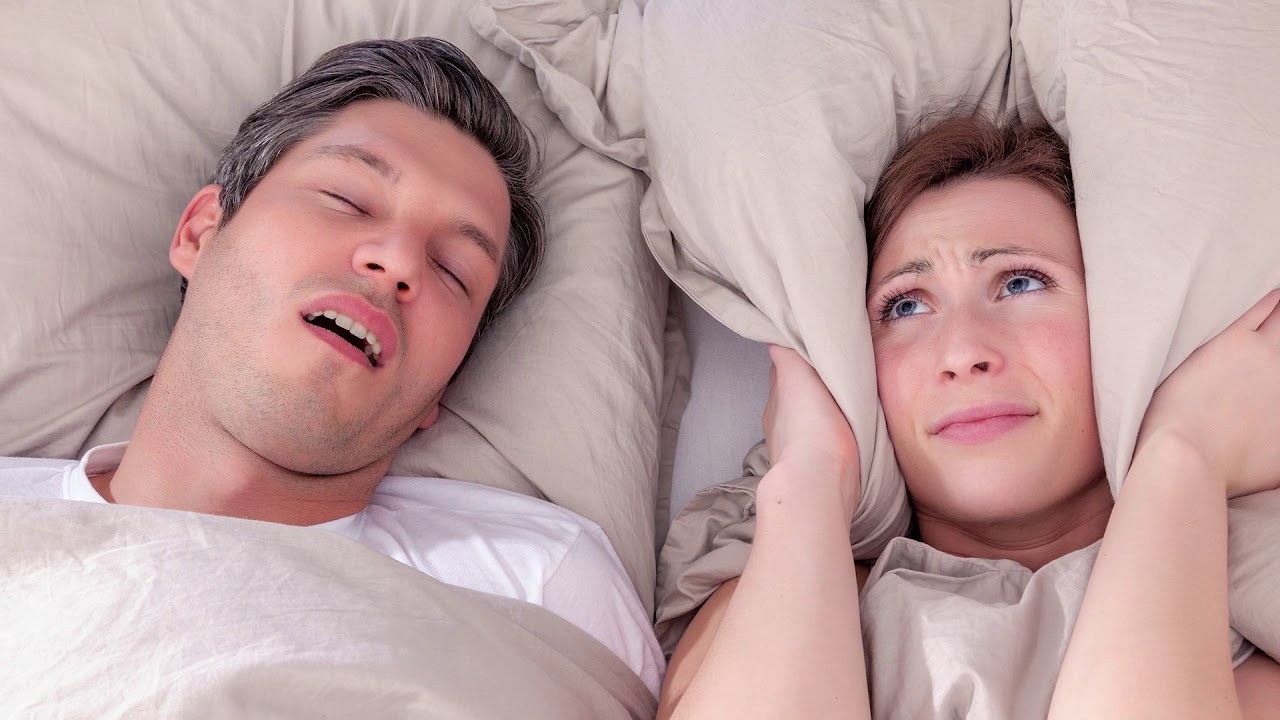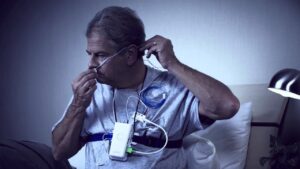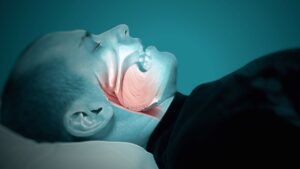What causes sleep apnea?

There are several theories as to what causes sleep apnea. Among the more commonly cited causes of CSA are obesity, airway obstruction, and CSA-related diseases. A sleep medicine specialist can perform a thorough examination and determine whether you have the disorder. Obesity is the most common factor in causing sleep apnea, but other factors may also be involved.
Obesity
Although obesity does not directly cause sleep apnea, being overweight can increase your risk of developing it. Overweight people are at a higher risk of developing OSA because they have smaller airways and a wider abdominal girth. As a result, their upper airways collapse during sleep. Because this happens, they experience excessive daytime sleepiness and are more likely to gain weight.
Among children, airway obstruction is often caused by adenoid hypertrophy and tonsil hypertrophy. Other causes include craniofacial abnormalities, neuromuscular disease, dystrophy, and cerebral palsy. In infants, a child’s jaw size, jaw movement, and midfacial hypoplasia may be indicative of sleep apnea.
The incidence of obesity has increased worldwide, and prevalence rates have reached as high as thirty percent in Asia. This increased prevalence of obesity results in narrowing of the airway, causing the body to breathe less than it needs. As a result, the body’s upper respiratory muscles are less active, triggering apnea and hypoxia. The resultant decreased oxygenation is known as tissue hypoxia and increases the risk of cardiovascular disease and atherosclerosis.
In one study, researchers identified the relationship between lower body weight and reducing fat volume in the tongue. When obese patients lost weight, the severity of their sleep apnea improved by 31 percent. It is also important to note that this study is limited to obese patients. More research is needed to determine whether obesity is a contributing factor in the cause of sleep apnea.
Weight gain and sleep are intimately related. Lack of sleep is linked to weight gain. Several studies have noted that lack of sleep is associated with increased weight. In fact, a study found that overweight men were twice as likely to gain weight than those who had an eight-hour nightly sleep. In addition, a lack of sleep can lead to a slower metabolism and increased weight. These are just some of the common factors involved in sleep apnea.
Despite this correlation, there are many other reasons why obese people are more likely to develop obesity. Obesity has several negative impacts on the body, not the least of which is the psychological effects. Studies have shown that people who are obese have a 55 percent greater risk of developing depression than those who are thin. People with overweight bodies do not meet beauty standards. The popularity of Instagram and Facebook is based on liking photos, so obesity is seen as a negative in the world.
Airway obstruction
Several factors can contribute to airway obstruction, and abnormal pharyngeal structures are suspected of contributing to the onset of sleep apnea. Researchers have found that the length of the soft palate and the distance between the hyoid bone and posterior pharynx affect pharyngeal collapse. The critical pressure for collapsibility is associated with these factors.
Excess weight may also contribute to obstructive sleep apnea in children. Some dental conditions, such as enlarged tonsils, may cause obstruction of the airway during sleep. Other possible causes include tumors or growth in the airway. Children with certain conditions, such as Down syndrome, may also have this disorder. Other factors may include obesity and down syndrome. The apnea sufferer must be evaluated by a physician for proper treatment.
In a study of 161 patients with stroke, Parra and coworkers found that 71% had an apnea-hypopnea index of 10 or higher. Twenty-three percent had an index greater than 30. In addition, 26% of the patients had Cheyne-Stokes breathing. These findings were consistent across age groups and did not correlate with location of the stroke.
The apnea patients who received this treatment showed a significant reduction in waking up during the night. In addition, the insufflation of air at a rate of 10 to 15 liters per minute resulted in a significant decrease in apnea episodes. This result is not unexpected since sleep deprivation reduces hypercapnic ventilatory responses.
In a study by Peker and coworkers published in the American Journal of Respiratory and Critical Care Medicine, the authors examined the relationship between sleep-disordered breathing and cardiovascular mortality in patients with coronary artery disease. Patients with apnea who had a respiratory disturbance index of over 10 were significantly more likely to suffer from cardiovascular disease. This finding is consistent with previous findings: patients with sleep apnea are more likely to die from a cardiovascular disease if they do not receive treatment for their disorder.
While there is no single treatment for sleep apnea, most doctors recommend a combination of lifestyle changes, breathing devices, and surgeries to relieve symptoms. Treating the symptoms of sleep apnea will help address underlying conditions that cause it. The most common treatment is a continuous positive airway pressure device. This device blows air into the throat and places pressure on the airway so that it can function correctly.
CSA
CSA, or central sleep apnea, is a disorder in which breathing stops and starts during sleep. It can be caused by several factors, including a weak chest wall, abnormalities in the lungs, or a lack of blood oxygen. In severe cases, it can cause hypoventilation, a sleep disorder that can be severe and lead to a headache in the morning. However, in many cases, the disorder can be managed with certain drugs that stimulate breathing.
Although CSA has few known treatments, patients with CSA can discuss treatment options with their healthcare providers. Their physicians may focus on other contributing health conditions and prescribe medication that stimulates the brain during sleep. They may also recommend a CPAP machine or oral appliance therapy. In some cases, these treatments may be effective, while others may only lead to temporary relief. It is important to discuss the benefits and risks of these treatments with your healthcare provider.
While obstructive sleep apnea is a more common condition than CSA, some people with this disorder may be more prone to developing CSA. Patients with CSA often wake up tired even when they have taken a nap. This is because the lack of effort to breathe during sleep disrupts their sleep. While central sleep apnea is less common than obstructive sleep apnea, it does cause pauses in breathing.
CSA is less common than obstructive sleep apnea, and is less researched. While the two disorders share similar symptoms, there are significant differences between obstructive and central forms. CSA is associated with less long-term negative consequences, while obstructive sleep apnea is a chronic condition. Therefore, it is important to seek medical treatment for CSA as soon as you suspect that you may have this disorder.
Central sleep apnea occurs when the brain does not send the proper signals to the muscles involved in breathing. This causes a person to forget to breathe more shallowly than they should. While “pure” central sleep apnea may be rare, it is still the most common form of the disorder. Patients with CSA are more likely to be woken up by a sleep partner than they are to notice a problem.




